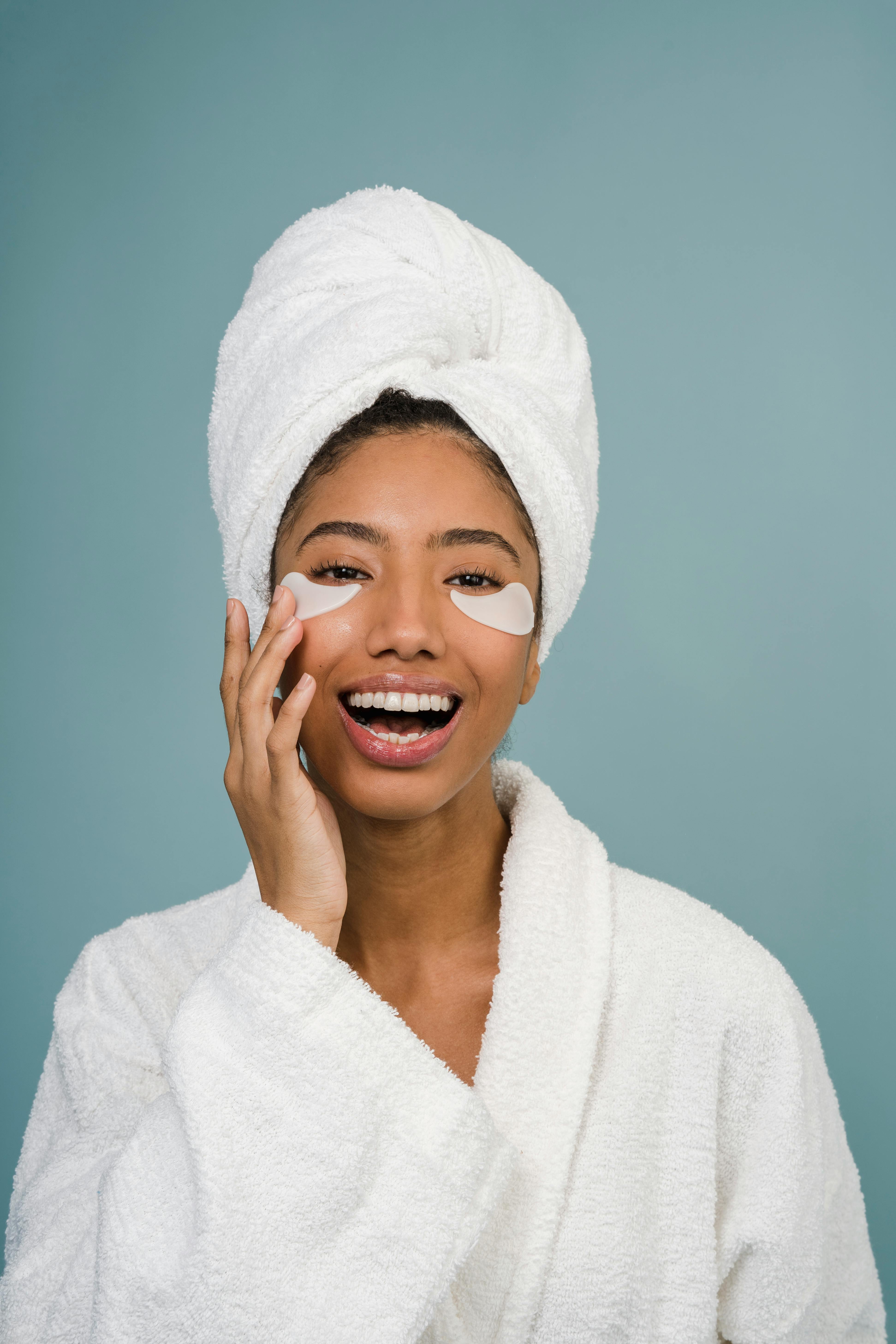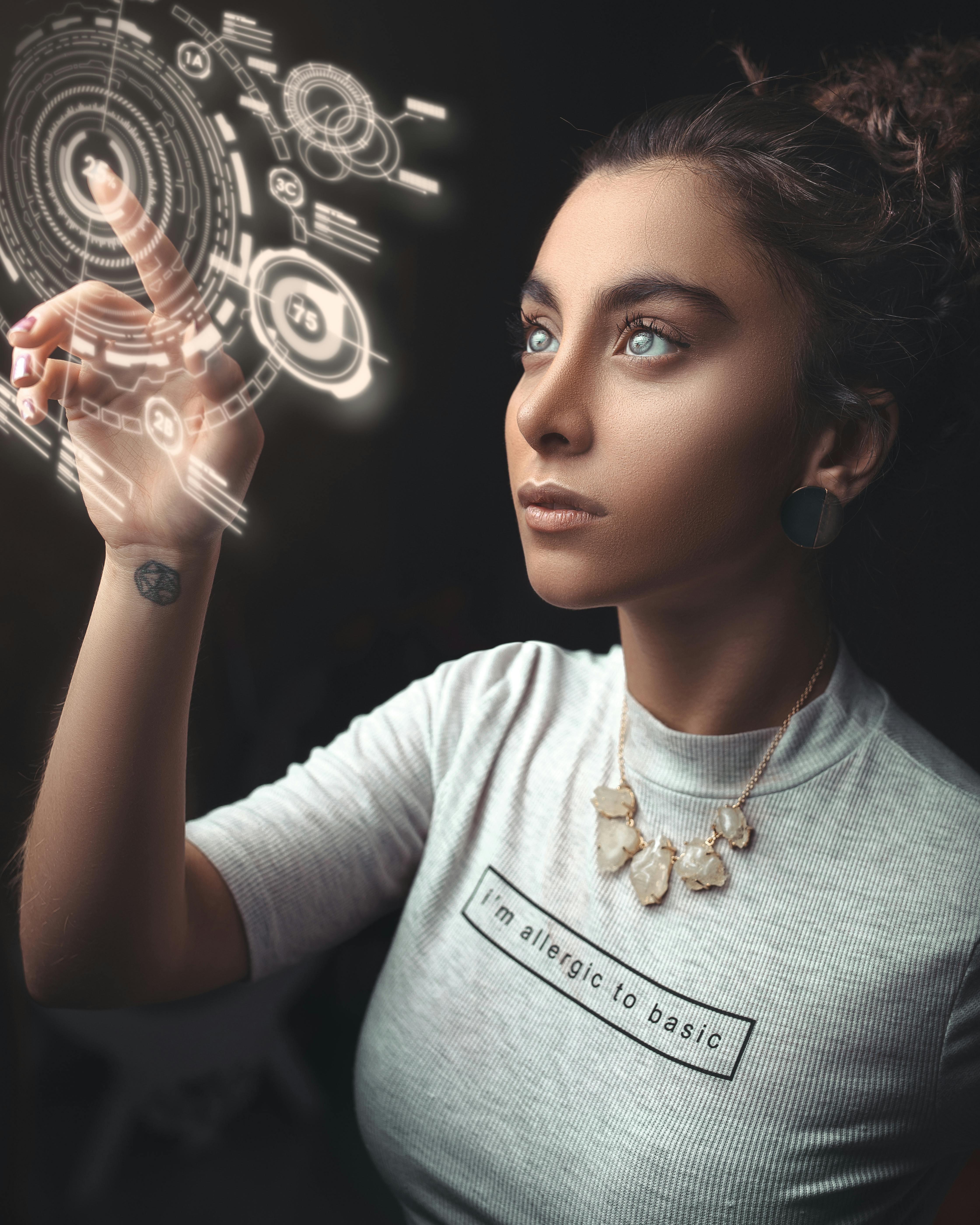Unmasking the Truth about Eye Bags: A Comprehensive Guide to Understanding and Treating Under-Eye Puffiness
Eye bags, those dreaded under-eye pouches that seem to emerge from nowhere, have been a common concern for both men and women throughout history. From the early Egyptians who used crushed ant eggs and honey to soothe their under-eye area to modern-day solutions like retinol creams and hyaluronic fillers, the quest for a solution to this universal beauty dilemma remains unabated. This article aims to provide a comprehensive understanding of eye bags and propose effective strategies to manage them.

The Science behind Eye Bags: Causes and Underlying Factors
Contrary to popular belief, eye bags are not solely the result of late-night Netflix binges or a particularly stressful week at work. While fatigue can indeed make eye bags more prominent, several other factors can contribute to their formation. As we age, the tissues and muscles supporting our eyelids weaken, causing the skin to sag and fat to relocate to the area beneath the eyes. This process, coupled with the thinning of the skin around the eyes, results in the appearance of puffy under-eye bags.
Genetics also play a significant role in the development of eye bags. If your parents have them, there’s a high probability that you will too. Other contributing factors include allergies, water retention, and even certain dietary habits. Consuming foods high in salt, for example, can cause your body to retain fluids, resulting in puffiness around the eyes.
Historical Approaches to Treating Eye Bags
The history of eye bag treatments is a testament to human ingenuity and the eternal pursuit of beauty. Ancient Egyptians, renowned for their elaborate beauty rituals, used a mixture of crushed ant eggs and honey to treat under-eye puffiness. The Romans, on the other hand, preferred to use a concoction of leeches and vinegar.
During the Renaissance, women applied slices of raw meat to their under-eye area as a remedy for puffiness. In contrast, in the 19th century, the use of leeches re-emerged as a popular method to reduce under-eye bags, reflecting the medical practices of the time.
Modern Techniques: From Eye Creams to Surgical Interventions
Fast forward to the 21st century, and you’ll find an array of products and procedures promising to banish eye bags for good. Over-the-counter eye creams and serums containing retinol, caffeine, and hyaluronic acid have become popular due to their ability to enhance skin elasticity, stimulate circulation, and hydrate the skin, respectively.
More invasive treatments, such as eyelid surgery (blepharoplasty), have also gained popularity. This procedure involves removing excess fat and skin from the under-eye area, providing a long-term solution for persistent eye bags. However, like any surgical procedure, it carries potential risks and requires recovery time.
Non-surgical interventions, such as dermal fillers and thread lifting, have garnered attention in recent years. These minimally invasive procedures involve injecting a substance into the skin or using threads to lift and tighten the skin, providing temporary relief from eye bags.
The Impact of Lifestyle Changes on Eye Bags
While topical treatments and surgical procedures can be effective, they are often expensive and, in some cases, risky. Thus, implementing simple lifestyle changes can make a significant difference in managing eye bags.
Ensuring adequate sleep, maintaining a balanced diet low in salt, staying hydrated, and avoiding allergens can all contribute to reducing under-eye puffiness. Regular exercise can also improve blood circulation, preventing fluid from pooling in the under-eye area.
Applying a cold compress to the eyes can help reduce swelling, while certain facial exercises may strengthen the muscles around the eyes, preventing the skin from sagging.
A Holistic Approach to Eye Bag Management
Eye bags might be a common concern, but they don’t have to be a lifelong struggle. A combination of preventive measures, effective skincare products, and, if necessary, medical interventions can keep under-eye puffiness at bay. However, it’s crucial to remember that everyone’s skin is different. What works for one person might not work for another. Therefore, it’s always best to consult with a skincare professional before beginning any new treatment regimen.
As our understanding of skin health continues to evolve, so too will our strategies for combating eye bags. In the meantime, embracing a holistic approach to skincare—one that promotes overall health and well-being—can help us put our best face forward, eye bags or not.





